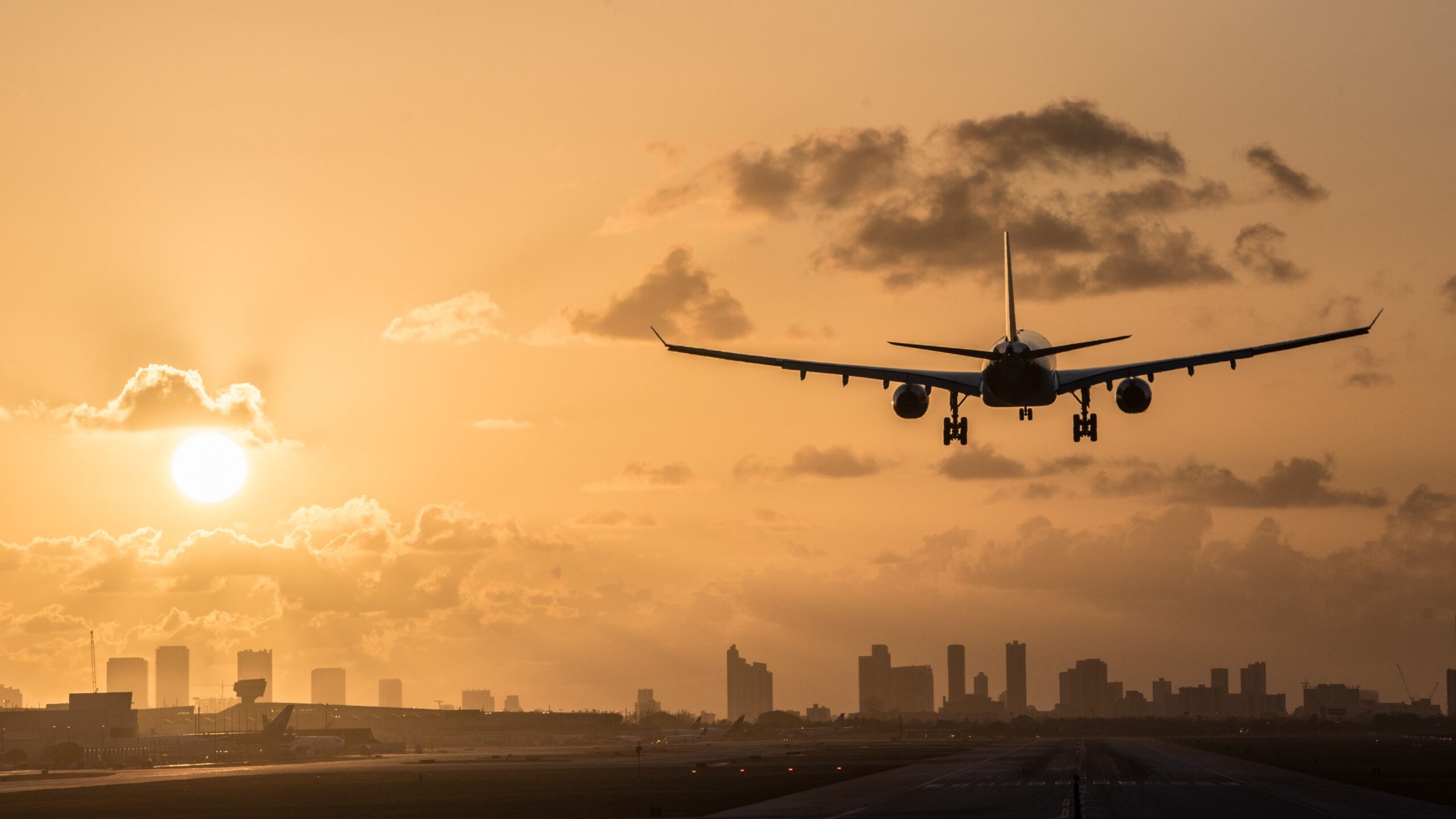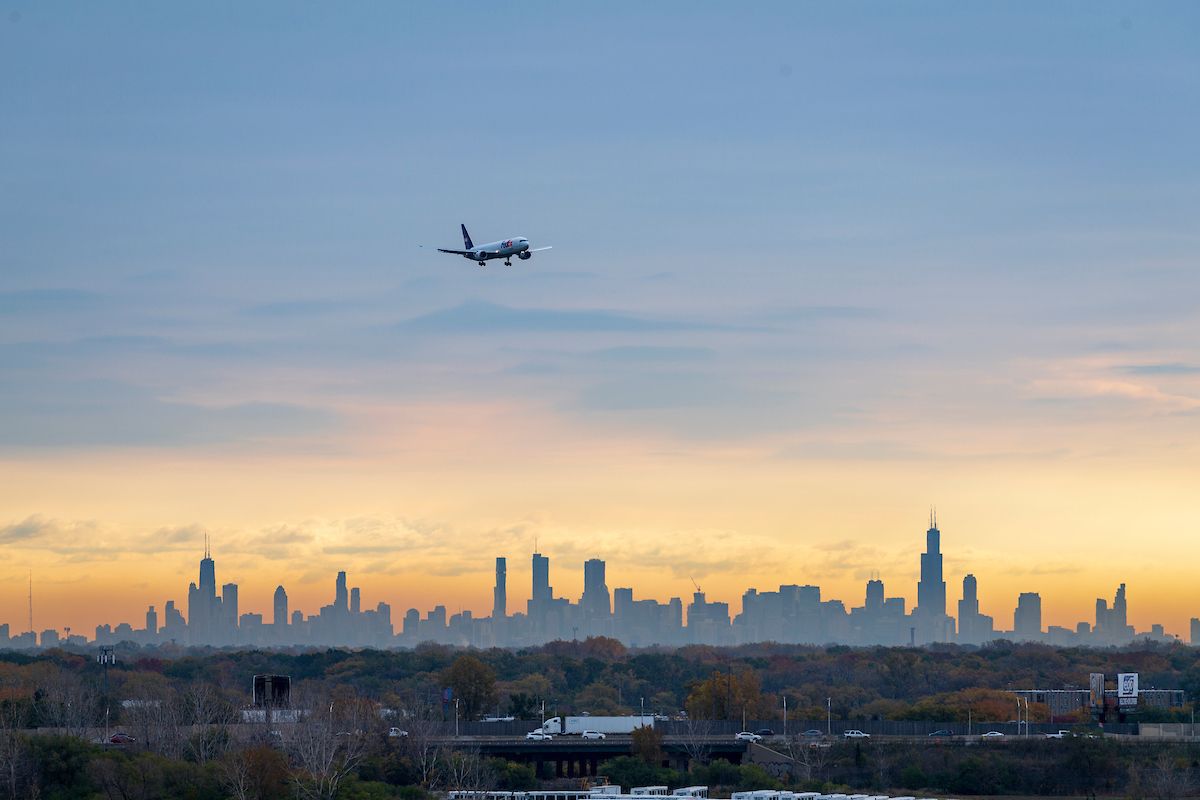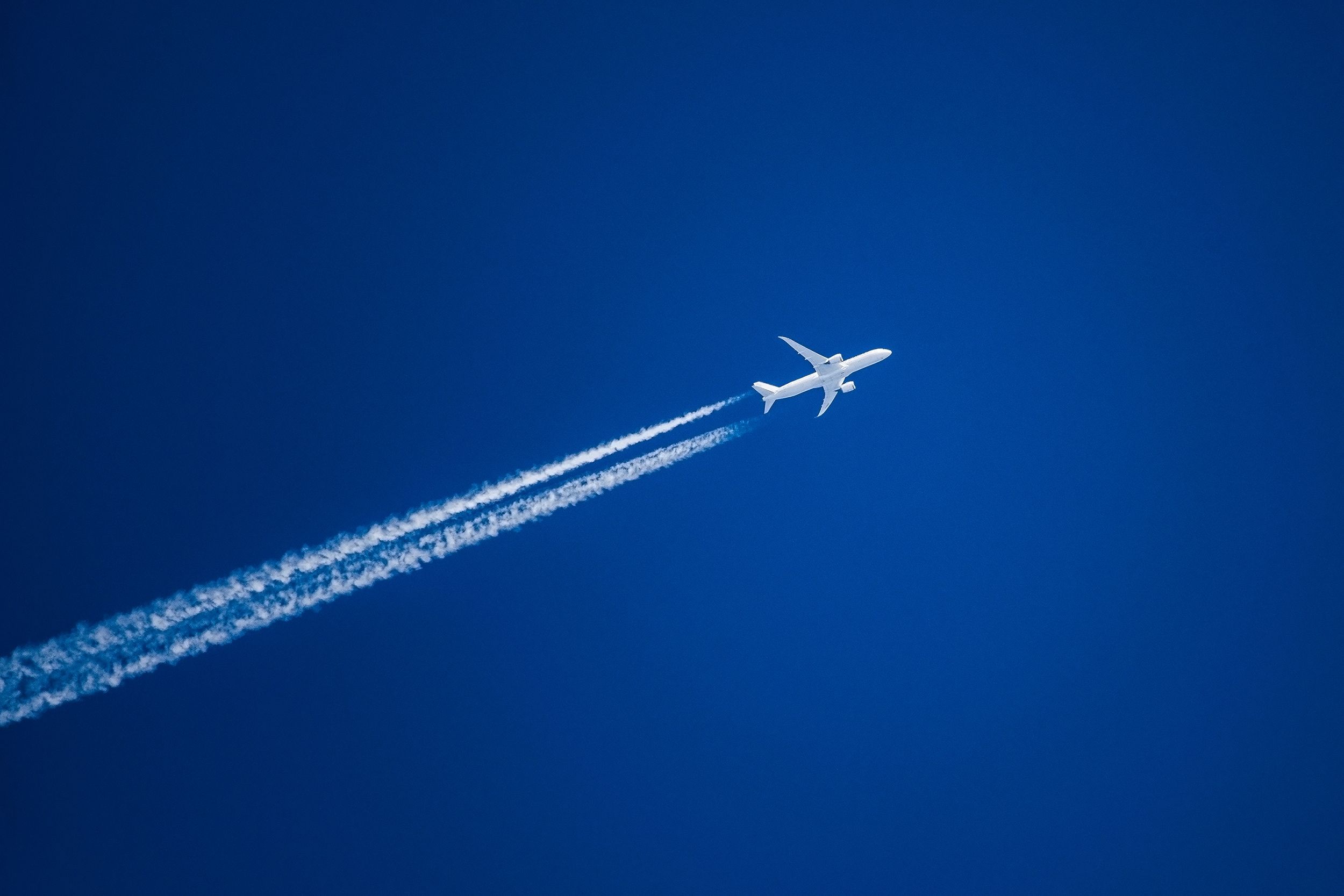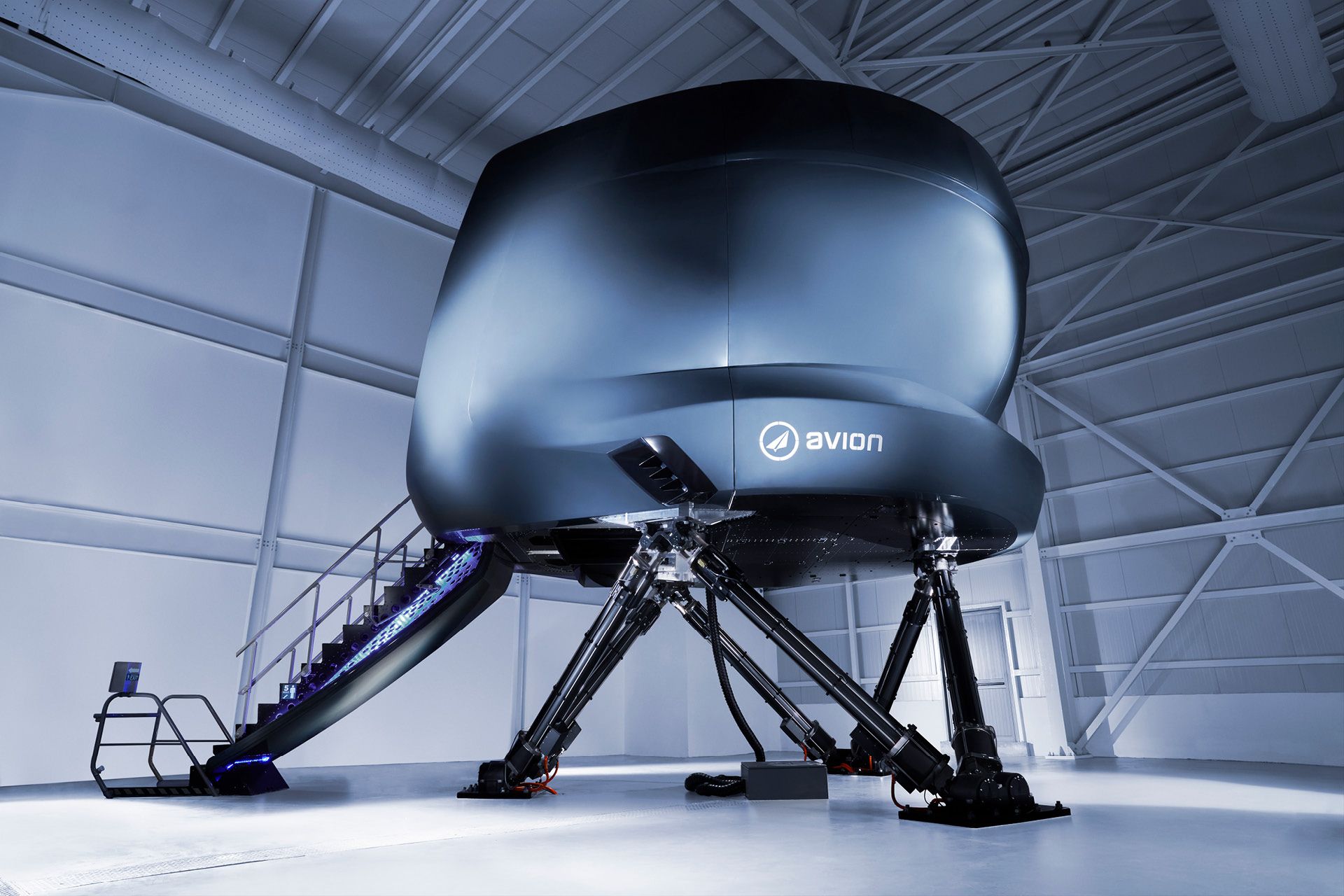Summary
- Overspeeding is uncommon and usually unintentional for most pilots, who prioritize following rules and staying within their plane’s limitations.
- Modern planes have flight data monitoring systems that instantly report deviations from regulations, allowing airlines to address safety concerns.
- Pilots who unintentionally exceed speed limits may face a phone call, extra training, or a conversation with their managing pilot and union representative.
It is a known fact that pilots follow strict airspace regulations during flights. They must follow procedures specific to airports and airspace. Have you ever wondered if pilots have to follow specific guidelines for speed? If so, are there any consequences for not abiding by the rules?
Pilots are some of the most compliant, rule-abiding people while they’re at work. A respect for rules is tantamount to a respect for the safety culture that the airline industry has built. Being negligent of company procedures or regulatory standards comes with penalties that pilots do everything they can to avoid. With this in mind, let’s talk about what happens if pilots fly too fast.
Getting caught
It was much harder for ATC and airlines to know exactly how fast pilots flew airliners not so long ago. Modern airliners and other technologically advanced planes have transponders communicating callsign, aircraft, altitude, and airspeed information. Before this, primary radar communicated only a plane’s ground speed based on simple time/distance displacement. Groundspeed is easily affected by winds aloft, so a plane breaking the 250-knot speed limit under 10,000 feet would be difficult to detect.
Photo: O’Hare Intl Airport
Modern aircraft, including most airliners, have flight data monitoring systems installed. This information, commonly referred to as FOQA (Flight Operations Quality Assurance), is instantly downloadable by operators and actively reports deviations from regulatory, company, or manufacturer-imposed limitations.
Not only is the speed below 10,000 feet measured, but structural, tire, and flap overspeeds are constantly monitored for parameter exceedances. If the flight data monitor records an overspeed value, the relevant data is pushed to the airline’s safety or flight standards department.
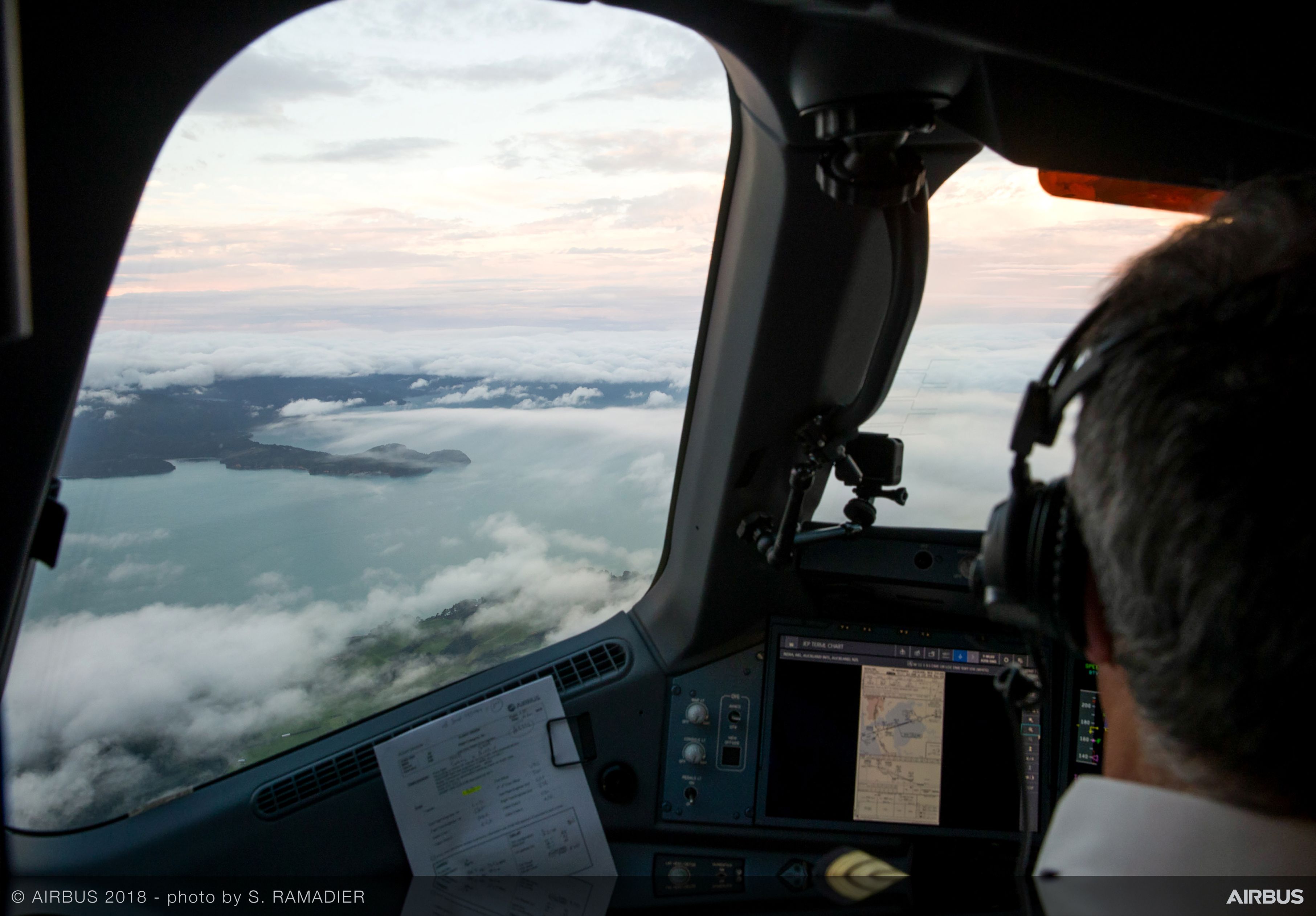
Related
What Do Pilots Do When Flying The Long Cruise Section?
A look at the things pilots do in straight and level flight.
Pilots also can fill out deviation reports, commonly referred to as ASAPs (Aviation Safety Action Program), in the US. The FAA (or other regulatory agency) collects this pilot-reported data and uses it to address recurring trends or perceived lapses in safety systems. Self-disclosing mistakes is an important element of being a professional pilot.
Pilot intentions
Pilots who violate speed restrictions rarely intend to do so. Most overspeeds are momentary and don’t come anywhere near putting the plane or passengers at risk of harm. Flap overspeeds generally occur from unforeseen turbulence or wind shear with the flaps extended, and the same is true for structural overspeeds at altitude.
Another reason for overspeed might be the pilot flying using a different flight path mode on the autopilot than the one they intended, resulting in the speed not being checked or a higher rate of descent than desired. This happens due to task saturation or not checking the mode annunciator. Simply put, human errors happen. When they do, modern airliners inform the companies of these events.
Photo: Russ Heinl I Shutterstock
Importantly, the common reasons for flying too fast are unintentional. Willful negligence, on the other hand, is an intentional deviation from rules and regulations or flying in a manner generally deemed unsafe. For instance, flying at the high-speed buffet boundary at 40,000 feet on a turbulent day would likely be considered willfully negligent. Ninety-nine percent of overspeeds are not of this sort, and most pilots willingly report their mistakes to the company via dedicated reporting systems to be transparent.
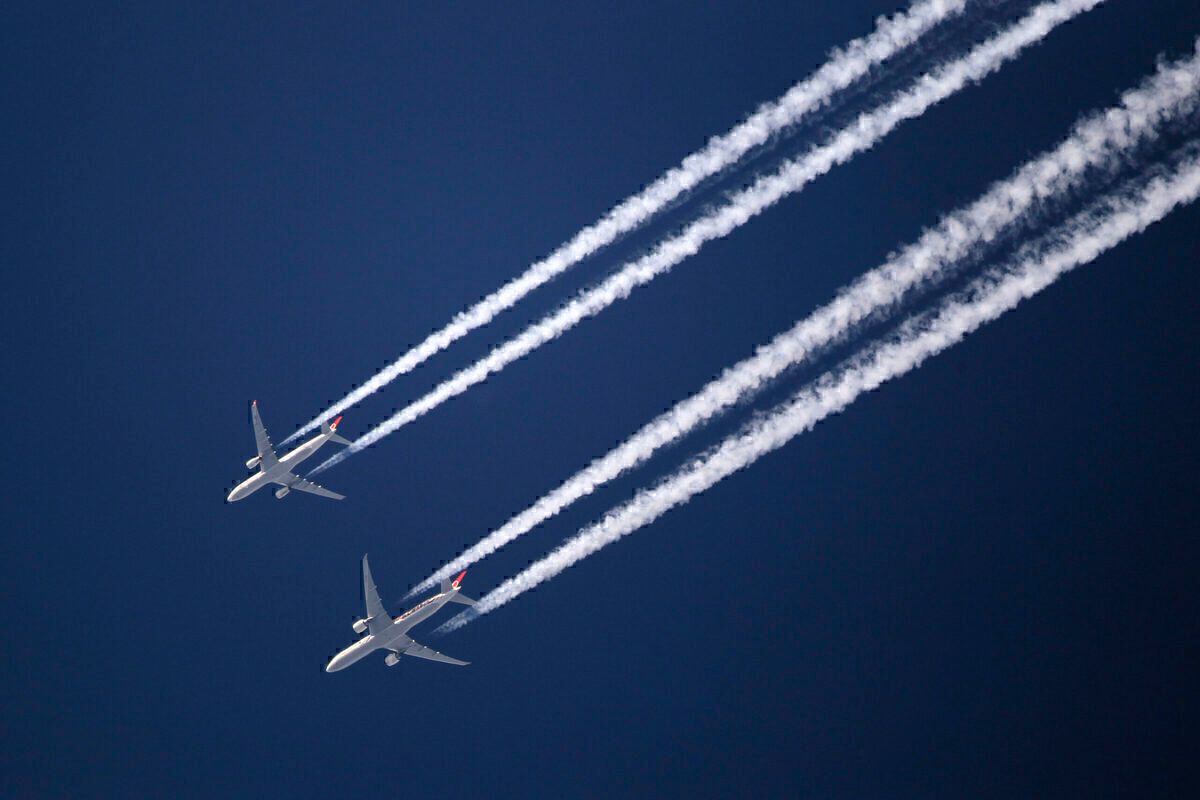
Related
How Aircraft Can Fly Faster Than The Speed Of Sound Without Going Supersonic
Pilot discipline
What happens to pilots who speed? The pilot will often have a phone call with their managing pilot and a union representative. If the event was unintentional, that’s generally the end, assuming they made the requisite self-disclosures and were forthcoming with information. Pilots whose exceedances are more significant but still deemed unintentional are removed from line flying and sent for retraining on-ground and simulator sessions.
These pilots focus on the maneuver characteristics of the events leading to their overspeed event, such as a hurried or unanticipated go-around. Pilots who are found to be willfully negligent face further discipline.
Photo: Avion
Overspeeding is pretty uncommon to begin with. Every airline flight has two well-trained pilots monitoring the plane’s parameters throughout the flight. Pilots like to stay well within the boundaries of their plane’s limitations, and edging up towards the airspeed indicator’s red line doesn’t match the typology of most aviators. When it happens, overspeeds are usually unintentional. The result is a conversation or extra training, but never more than that.
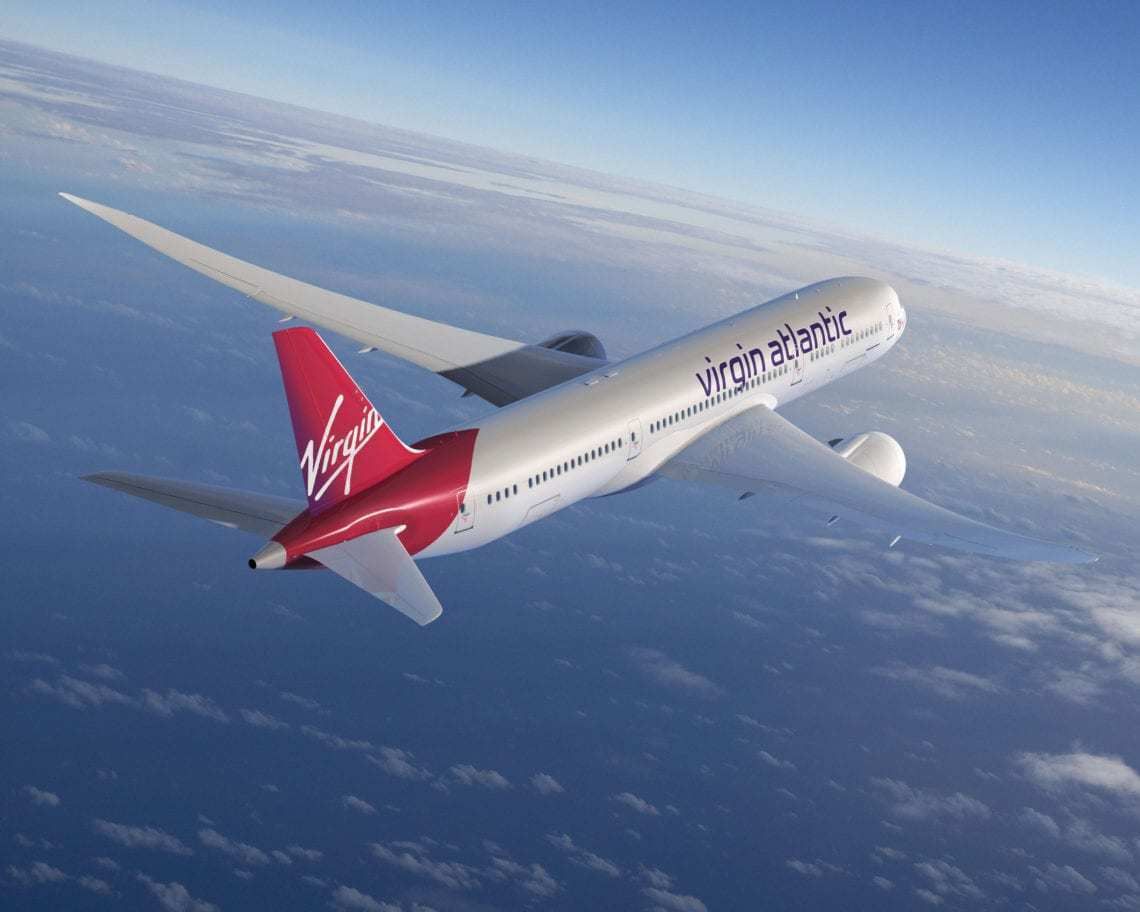
Related
Virgin Atlantic 787 Flies Faster Than The Speed Of Sound Over The US
A Virgin Atlantic B787 flew faster than the speed of sound flying across the US. The story of the supersonic 787 was originally reported by View from

